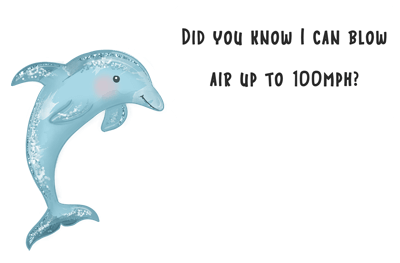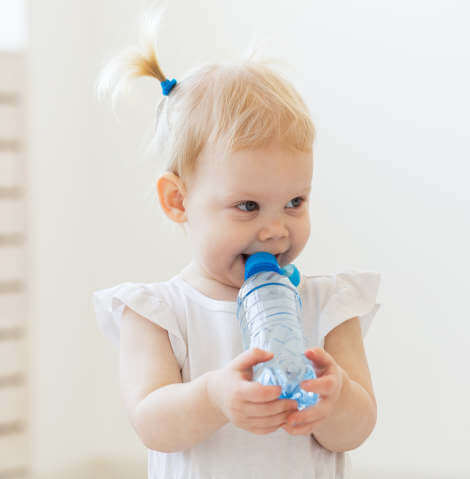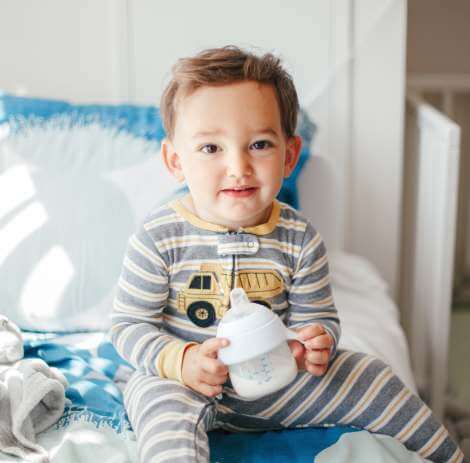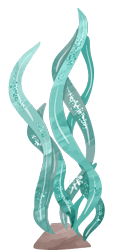

Early Childhood Tooth Decay (ECTD)
When liquid from a baby bottle builds up in the mouth, the natural or added sugars found in the liquid are changed to acid by germs in the mouth. This acid then starts to dissolve the teeth (mainly the upper front teeth), causing them to decay. Baby Bottle Tooth Decay can lead to severe damage to your child’s baby teeth and can also cause dental problems that affect her permanent teeth.But there are steps you can take to prevent Baby Bottle Tooth Decay. Keep these pointers in mind as you care for your child’s teethNever put your child to bed with a bottle. By 7 or 8 months of age, most children no longer need feedings during the night. Children who drink bottles while lying down also may be more prone to getting ear infections.

Only give your baby a bottle during meals. Do not use the bottle as a pacifier; do not allow your child to walk around with it or to drink it for extended periods. These practices not only may lead to BBTD, but children can suffer tooth injuries if they fall while sucking on a bottle.
Teach your child to drink from a cup as soon as possible, usually by 1 year of age. (Remember, this is when your child should also have his/her first dental visit). Drinking from a cup does not cause the liquid to collect around the teeth, and a cup cannot be taken to bed. If you are concerned that a cup may be messier than a bottle, especially when you are away from home, use one that has a snap-on lid with a straw or a special valve to prevent spilling.
Keep your baby’s mouth clean. This is an important part of preventing tooth decay. After feedings, gently brush your baby’s gums and any baby teeth with a soft infant toothbrush.
Use water and a soft child-sized toothbrush for daily cleaning once your child has 7 to 8 teeth.
By the time your toddler is 2 years of age, you should be brushing his teeth once or twice a day, preferably after breakfast and before bedtime. Once you are sure your child will spit, and not swallow, toothpaste, you should begin using a fluoride toothpaste. Use a pea-sized amount of toothpaste to limit the amount he can accidently swallow.





